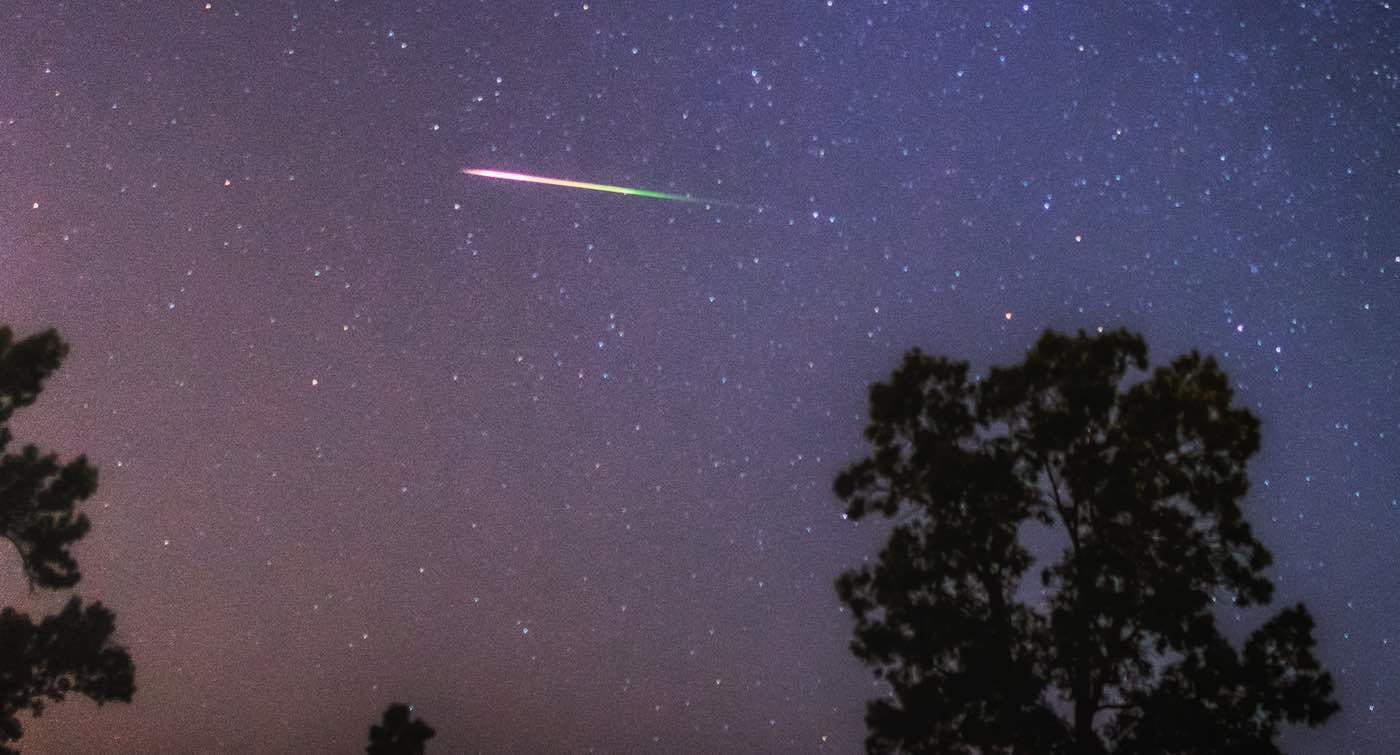
Three stargazing events in the month May stand out as the best chances to connect with the cosmos.
During the pre-dawn hours of May 7th, the Earth will pass through the Eta Aquariid Meteor Shower, when 40 meteors may be seen per hour, with those closest to the Equator seeing more than those closer to the poles.
The “radiant point,” that is, the place in the sky where the meteors seem to radiate from, will be the constellation Aquarius and will be hanging low in the southern sky (or northern sky if you’re in the Southern Hemisphere).
The morning of May 7th is predicted to be the peak, but the meteors can be seen several weeks either side of the peak.
The full moon of May will happen two nights before the meteor shower’s peak. On Cinco de Mayo, in Europe, Asia, Africa, and Australia/Oceania, there will be a penumbral lunar eclipse. For those in the US, UK, many islands in the Pacific, and the Kamchatka Peninsula, it will be too bright and sunny to see.
The Earth’s partial shadow—known in stargazing as the “penumbra,” will shade the full “Flower moon” or “Budding moon” a dusty brown color that’s usually not noticeable by the naked eye. However, the magnitude of this penumbral eclipse is well above the degree to which the human eye can see the changes.
The next such deep penumbral lunar eclipse will be in September 2042.
Valerie at Space Tourism Guide explains in her May stargazing chart that 2023 is a big year for “lunar occultations” or events when the moon as we see it passes in front of other objects.
She notes that, for example, a few people on Earth will be positioned correctly on the night of May 17th-18th to see the moon pass in front of Jupiter, the solar system’s largest planet.
For most of Earth, they will be seen making a close approach, just like the Moon will do with Saturn on the night of May 13th-14th.
SHARE This Stargazing Schedule With Your Friends…




















It’s a shame the article had to appear long after the meteor shower did…